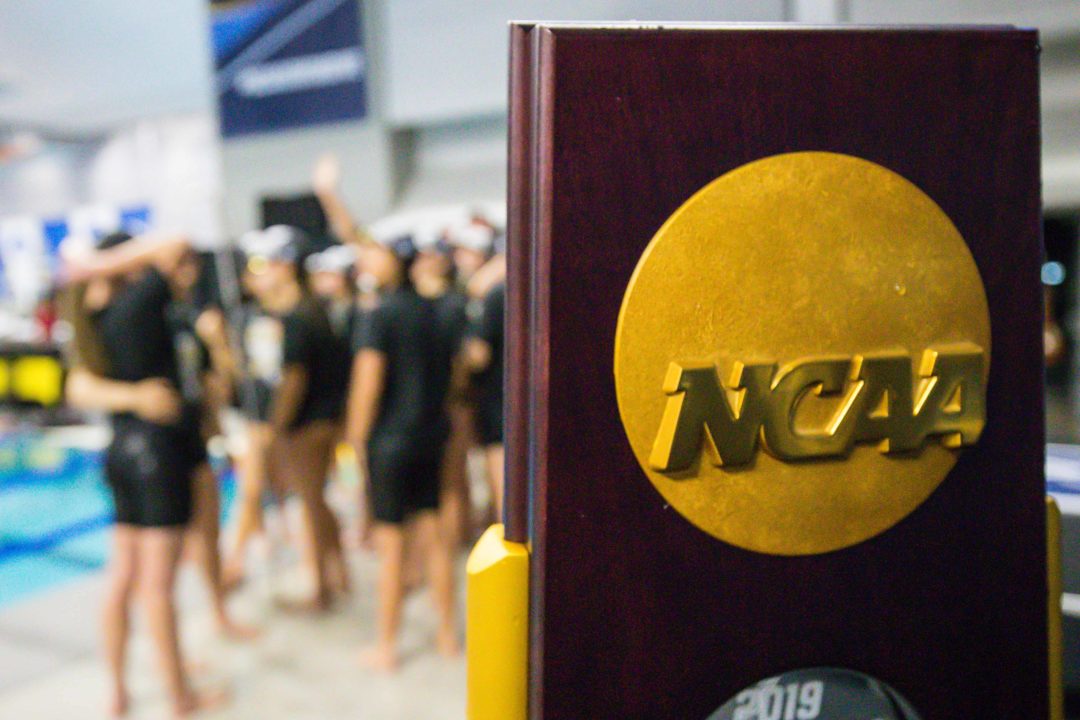The NCAA, which governs most intercollegiate athletics in the United States, has unveiled details of the financial contingency plan that has played out as part of the global coronavirus pandemic.
The NCAA is projected to lose more than $700 million in revenue from the cancellation of the 2020 Division I men’s basketball tournament, which is easily the organization’s most valuable asset. That includes loss of ticket sales, and loss of revenue from its media agreements with CBS Sports and Turner. The organization brings in about $1 billion per year in total revenue.
“The remediation plan is working as designed. If the NCAA can get through next year without any major problems, we should be back to normal for our fiscal year beginning Sept. 1 of 2021. That’s pretty incredible for losing two-thirds of your revenue in one year,” said Kathleen McNeely, NCAA senior vice president and chief financial officer. “We had a plan. We’ve implemented the plan. And the plan is working.”
Over the last decade, the NCAA has paid for ‘event cancellation insurance coverage’ to protect the Division I men’s basketball tournament. That includes ‘communicable disease and pandemic coverage,’ which many organizations have found aren’t often covered by blanket coverages.
The NCAA says that it was able to recoup $270 million across multiple insurance policies after the cancellation of the tournament.
An explanation from the NCAA as to why the policies only amounted to about a third of the lost revenue:
Much like how the insurance underwriters and actuaries perform diligent risk assessments to determine pricing, the NCAA conducts risk assessments to carefully determine the amount of coverage to maintain. Using outside consultants, these assessments are based on several factors, including probability of a full event cancellation versus relocation or postponement, and the probabilities of lost ticket revenue and media rights-related revenue.
In this case, the probability of the NCAA canceling the entire Division I Men’s Basketball Championship was determined to be extremely low. Putting hindsight aside, McNeely said, the NCAA is responsible to its membership to carefully analyze its assessed financial risk when determining the appropriate amount of insurance to procure.
“I can’t even say that membership would have had an appetite for what that premium would have cost us, annually, for additional insurance,” McNeely said. “The amount of insurance we held was healthy, especially given the probability of the risk.”
To continue closing the gap, the NCAA has dipped into its financial reserves. These reserves were previously part of an endowment, but in 2015, that endowment was liquidated. At the time, the NCAA’s reserves were valued at $698 million.
$200 million in distributions were made to Division I schools to contribute to the academic success of student-athletes. An additional $208.7 million was used to settle a class-action grant-in-aid lawsuit to compensate Division I basketball and FBS football student-athletes who did not receive full cost of attendance as part of their scholarships.
Another $200 million was kept in reserves at that time to cover 6 months’ worth of NCAA operating revenue budget, which was increased to six months’ worth. Continued growth in that fund increased the reserves to $414.3 million for the 2019-2020 fiscal year.
Approximately $50 million of that reserve is being used for this year’s $175 million Division I distribution, which is down from the $600 million that was scheduled before the cancellation.
The NCAA is also surviving by cutting $176 million of its original $412.5 million in operating expenses over the next 18 months, which amounts to nearly 43% savings. Among the ways this money was saved:
- The NCAA’s 10 highest-paid executives, including President Mark Emmert, took 20% pay cuts. For Emmert, that’s a $780,000 reduction in his $3.9 million annual salary
- The rest of the ‘President’s Cabinet’ took a 10% salary reduction.
- National office programs and initiatives have been cancelled or deferred
- A salary and hiring freeze at the national office
- Implementing virtual committee meetings through at least the end of June, which reduces travel costs.
The NCAA has approximately 500 employees at its national headquarters in Indianapolis. There are over 460,000 NCAA student-athletes natioanlly.
McNeely also says that additional distributions may be made to Division I schools at the end of the fiscal year if there are ‘net positive assets.’
“We are doing everything we can this year to recover so that we’re not in the red at the end of the year,” McNeely said. “At the end of the day, our responsibility is to membership, and that responsibility includes making sure the NCAA is fiscally operating back at normal levels in 18 months. That is the number one goal.”

$3.9 MILLION?! And swim teams are dying 🥺
Did he “give it up” to his wife or children?
Wow that’s a real sacrifice he made. Bravo
I’d like to see you give up $780,000 over the next year…. Oh wait…
3.9 million annually. Must be a tough gig
Hinchey???